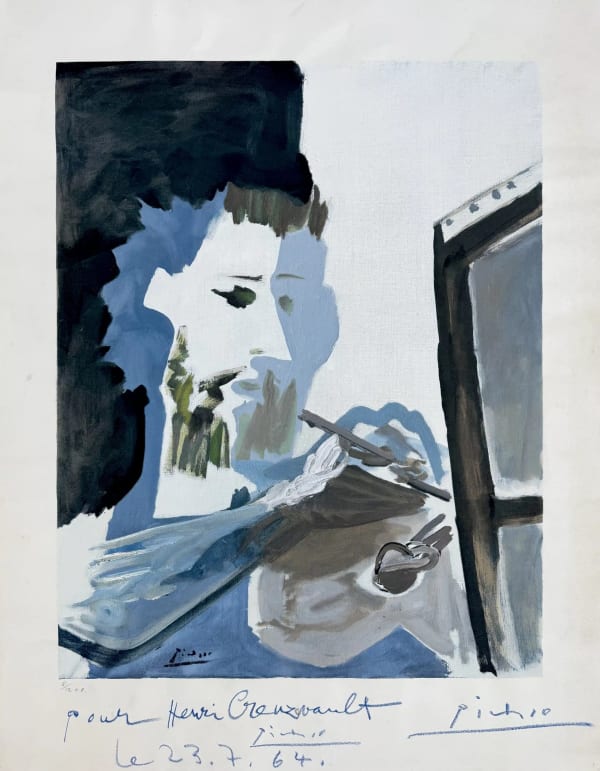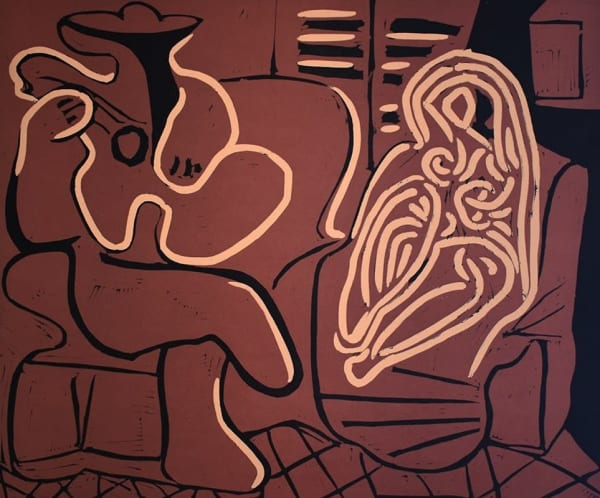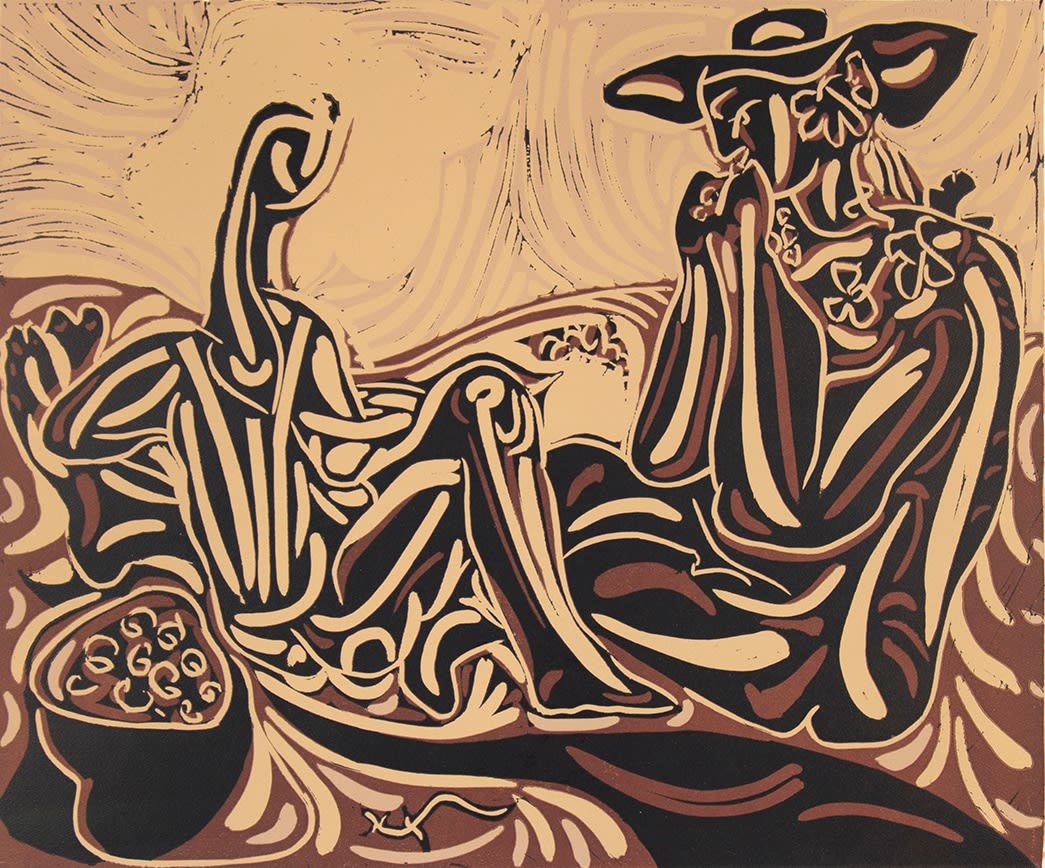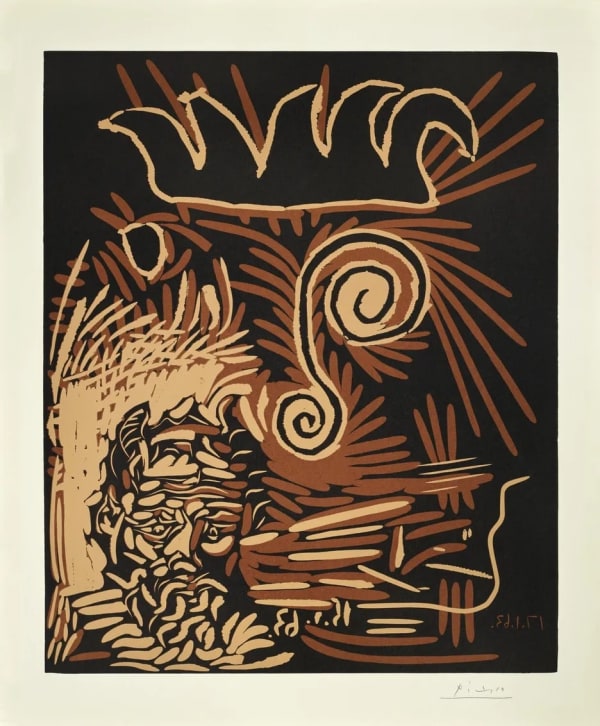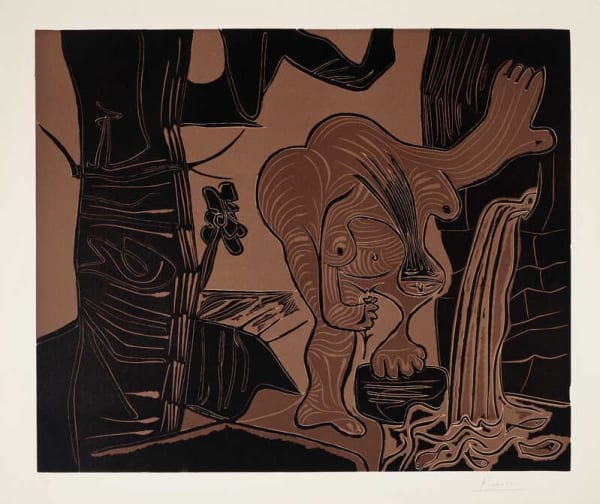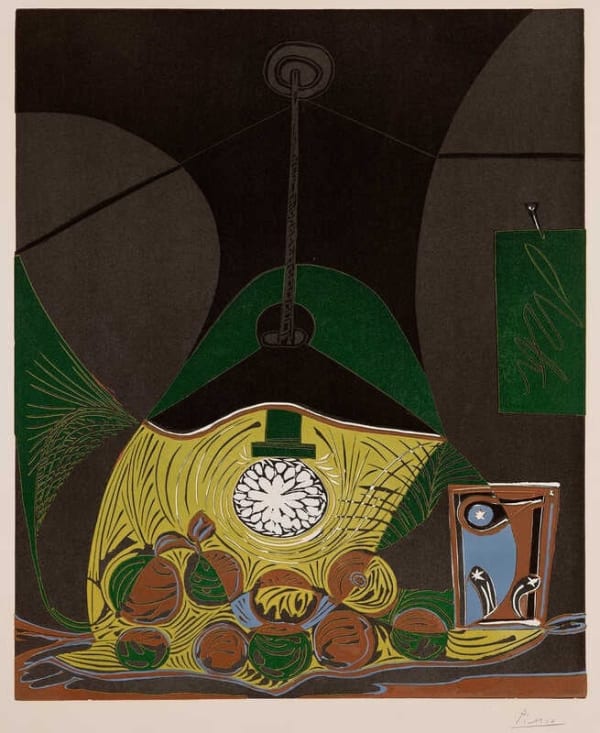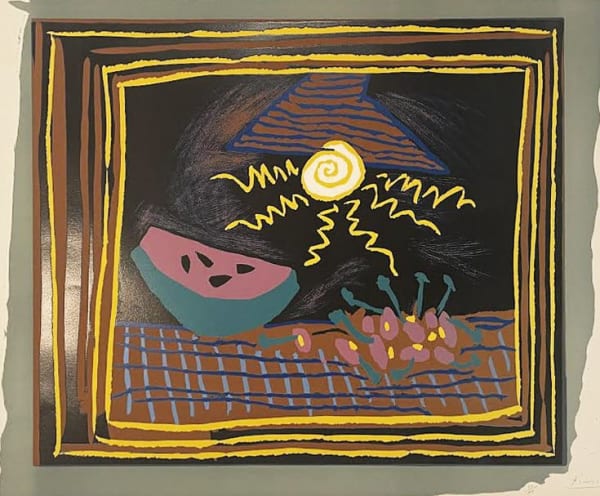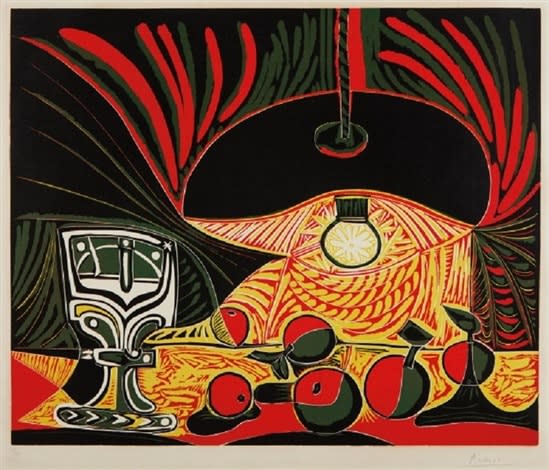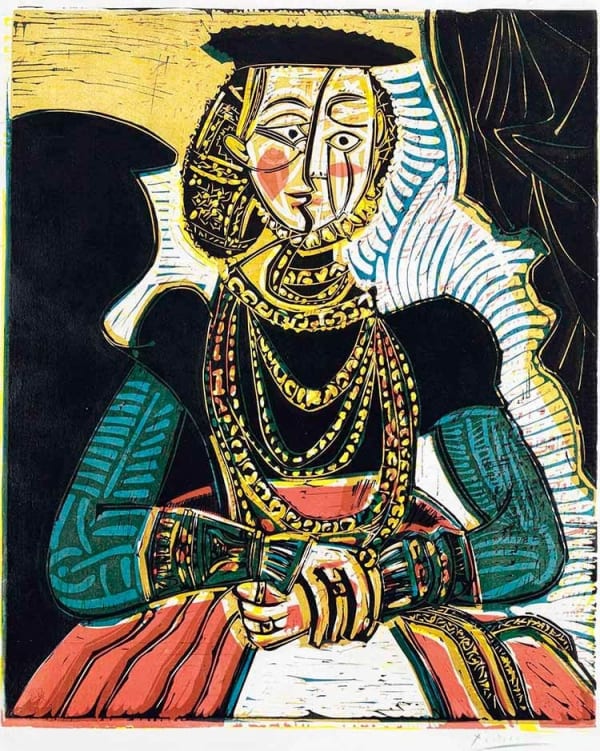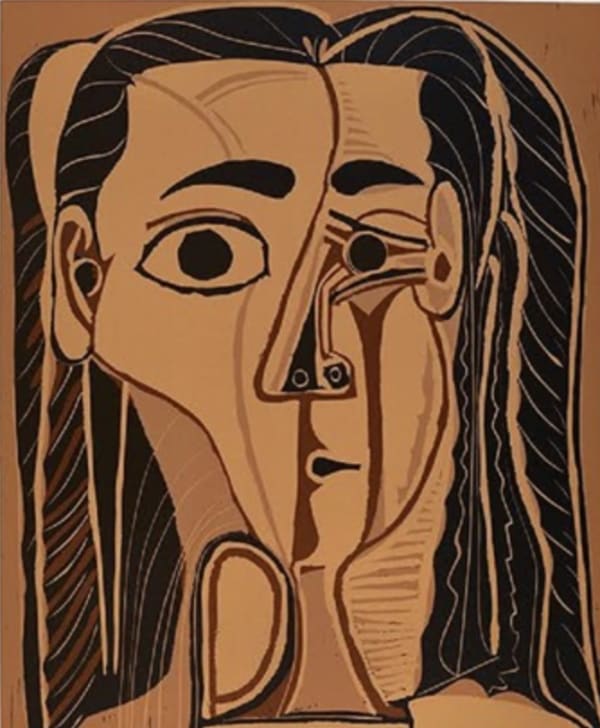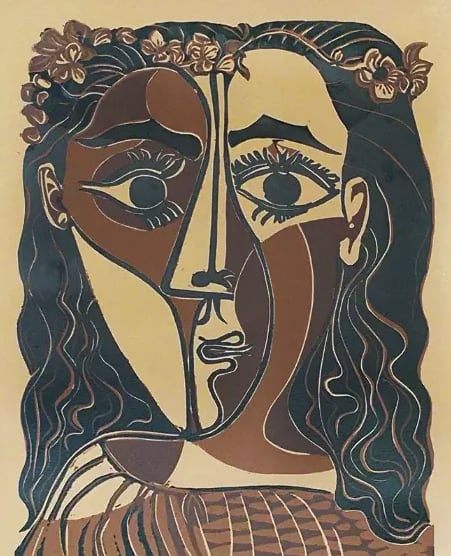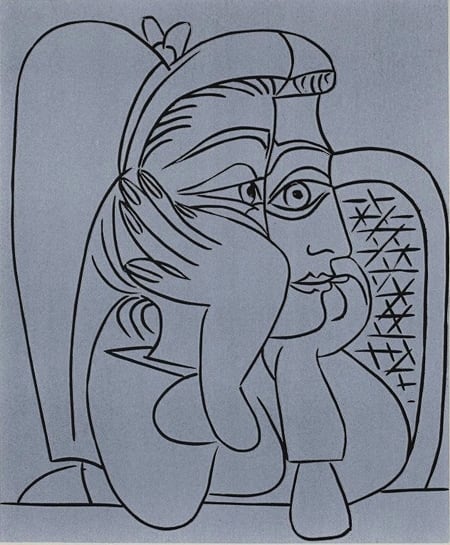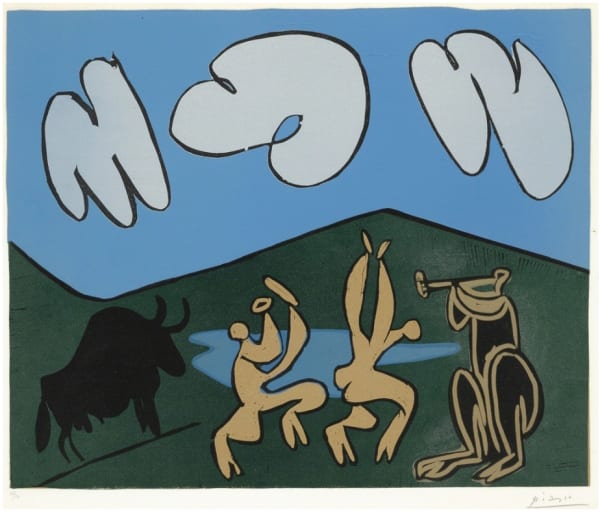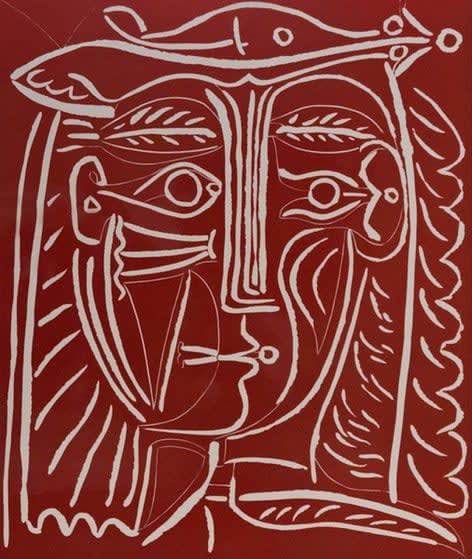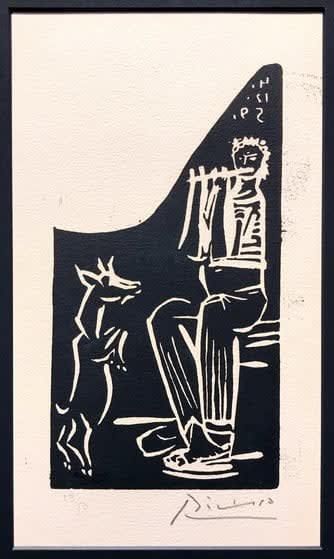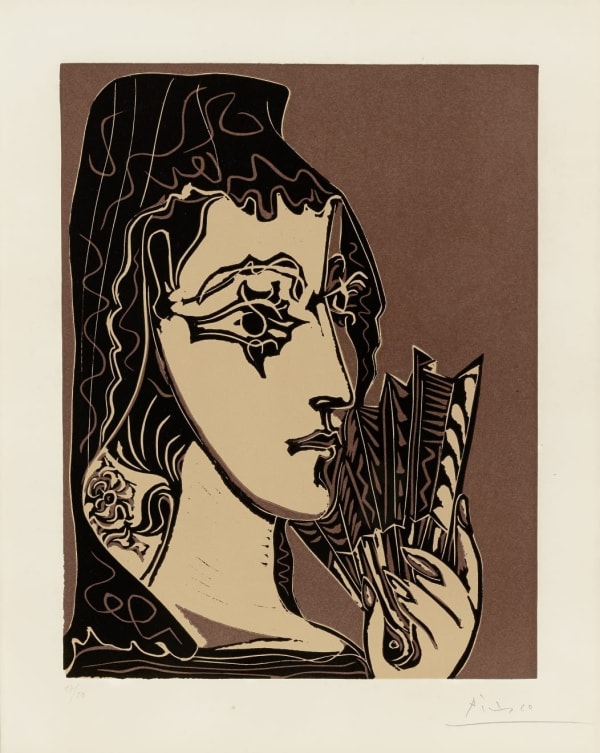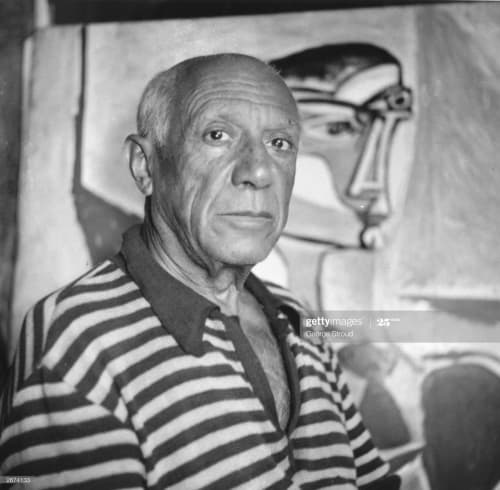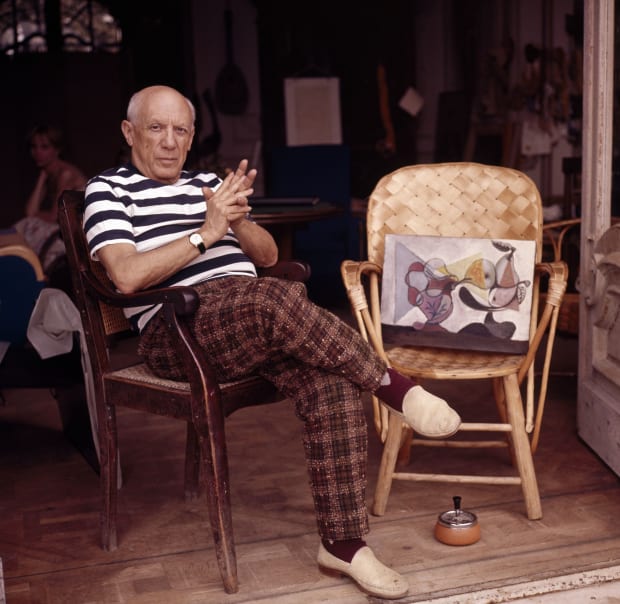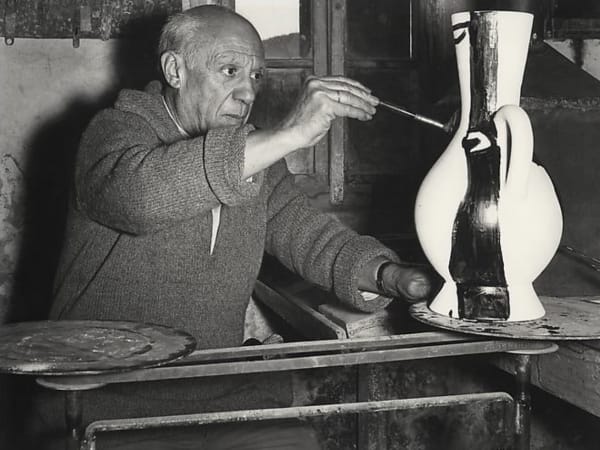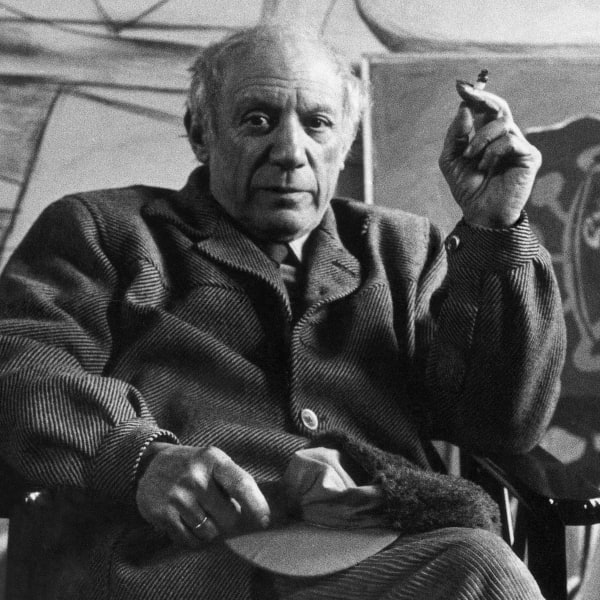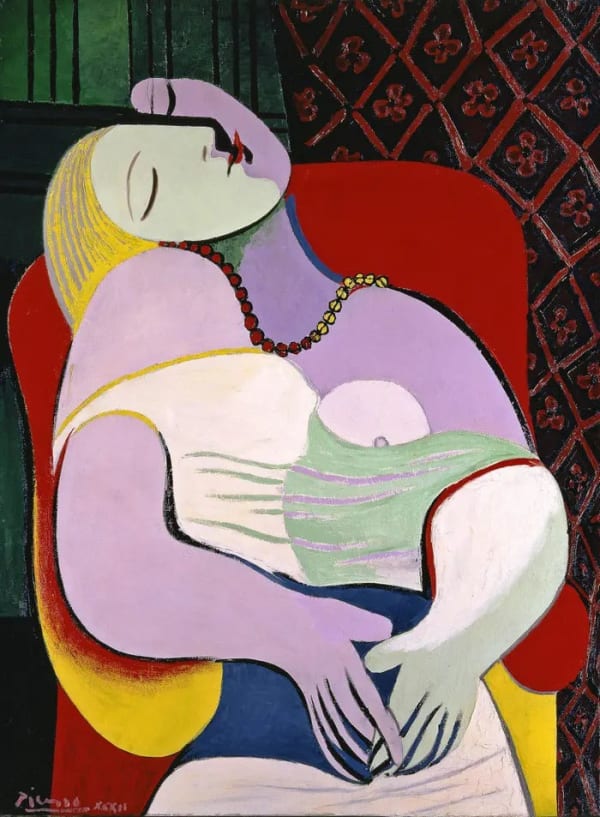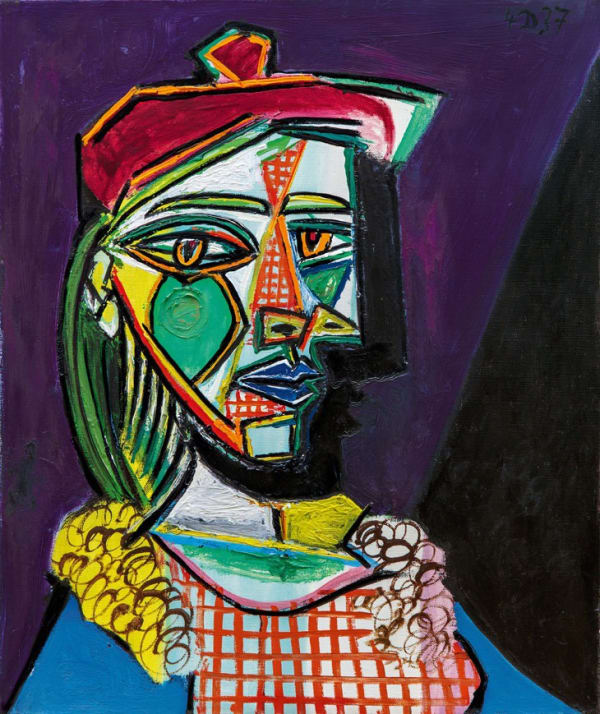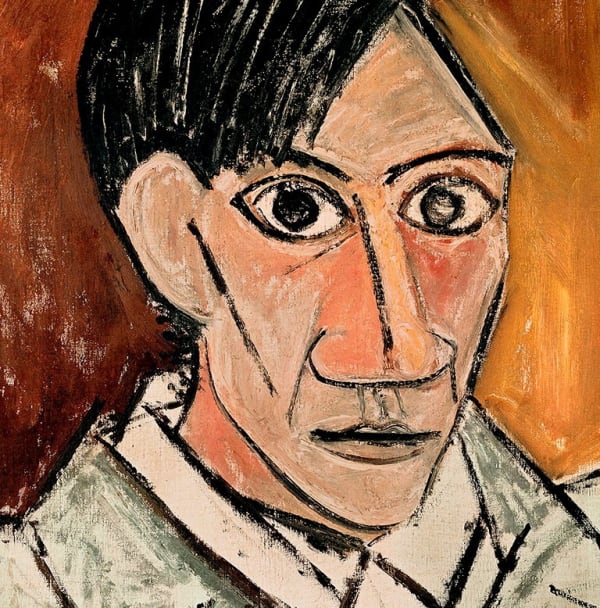-
Pablo Picasso Prints For Sale
Pablo Picasso's art reshaped the very notion of art itself through his groundbreaking exploration of form, color and shape which, decades after the artist's passing, still looks as revolutionary today as upon its creation. His iconic approach to form and line across his work witnesses the artist explore the very nature of the indelible creativity of the human spirit. Explore our latest Pablo Picasso art for sale at Guy Hepner, Picasso dealers since 2010.
Discover authentic Picasso lithocuts, prints and ceramics for sale below.
-
Original Picasso Signed Aquatints, Etchings and Lithographs For Sale
-
SeriesOverview
"Prints are like a diary of my artistic journey."
Discover authentic and rare Picasso linocuts, prints and ceramics for sale at Guy Hepner New York & London.
Pablo Picasso (1881–1973) is one of the most influential artists of the 20th century. As a co-founder of Cubism and a pioneer of modern art, Picasso's legacy spans multiple disciplines—painting, sculpture, drawing, printmaking, and ceramics. Few artists matched his innovation or productivity.
In 1958, at the age of 77, Picasso relocated to the South of France with Jacqueline Roque. No longer working from his Paris studio, he discovered a local printer and began exploring linocut printing—a bold, graphic technique that involves carving designs into linoleum blocks.
Over the next five years, he created more than 100 linocuts, many of which are now considered essential examples of mid-century modern printmaking. The most collectable works include: Portrait of a Woman after Cranach the Younger (1958), Portrait of a Woman in a Hat* (1962) and Still Life with Glass Under the Lamp (1962) which are considered standout examples of Picasso’s linocut and printmaking technique.
Alongside his printmaking, Picasso immersed himself in the world of ceramic, working with the Madoura Pottery studio in Vallauris, he produced over 3,500 ceramic works starting in the mid-1940s. Picasso ceramics range from playful plates and jugs to complex sculptural forms. These works often feature animals, faces, and mythological symbols, executed in a signature style that is unmistakably Picasso.
Today, collectors are increasingly drawn to Picasso ceramics for their charm, provenance, and investment potential. Whether you're looking for editioned ceramics or unique studio pieces, Picasso's ceramic works offer a tangible connection to his genius.
Guy Hepner offer a curated selection of authentic Picasso linocuts for sale and Picasso ceramics for sale, complete with provenance and authentication documents. Whether you're looking for a standout linocut or a rare ceramic piece from Madoura, our experienced team is here to help you find the perfect Picasso addition to your collection.
For more information on Picasso prints for sale or to buy Picasso ceramics, contact our galleries via info@guyhepner.com. News
News-

2025 In Review: Picasso, Warhol, Basquiat, Haring.
Game Changers December 16, 2025In 2025, the markets for Pablo Picasso , Andy Warhol , Jean-Michel Basquiat , and Keith Haring remain not only resilient, but structurally essential to...Read more -

Pablo Picasso: Reinventing Portraits
Radical Lines. November 17, 2025Portraiture has served as one of its most stable and recognisable genres. From the idealised heads of Renaissance nobility to the psychological interiors crafted by...Read more -

Collecting Picasso Ceramics
A Global Market Report October 20, 2025Picasso's ceramics have evolved from a niche collecting category into a vibrant global market. Collectors worldwide are increasingly drawn to these works, which range from...Read more -

Top Performing Artists at Auction (2000–2025) A Guide
The Most Popular Artists at Auction and In the Global Art Market 2025 11/11/2025What Makes an Artist “Top Performing” From 2000 to 2025, the global art market has seen booms, corrections, and transformations. Throughout it all, certain artists...Read more -

Pablo Picasso: Market Performance 2005–2025
A Collector's Deep Dive September 8, 2025From 2005 to 2025, Picasso remained a bellwether of the global art market—highly liquid across price bands, with periodic record-setting trophies at the top and...Read more -

Picasso and the Reinvention of Art
How the Past Shaped a New Visual Language August 6, 2025Pablo Picasso’s name is virtually synonymous with modern art, but his genius didn’t come from a rejection of tradition. Quite the opposite: he absorbed the...Read more -

Why Picasso Still Matters
Understanding His Impact on Art and Culture August 6, 2025Few artists have reshaped the trajectory of modern art like Pablo Picasso. A name synonymous with innovation, rebellion, and sheer creative force, Picasso remains a...Read more -

Guide To Collecting Pablo Picasso
Where To Start? May 20, 2025Pablo Picasso is often hailed as the most influential artist of the 20th century, not only for his pioneering of Cubism but also for his...Read more -

Picasso Market Report
May 2025 May 20, 2025In the ever-evolving world of art investment, blue-chip artists like Pablo Picasso continue to offer a rare combination of cultural prestige and market resilience. In...Read more







